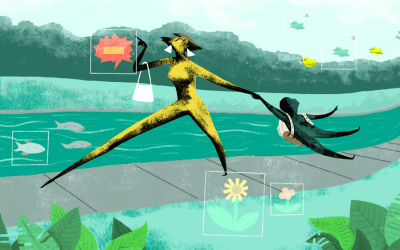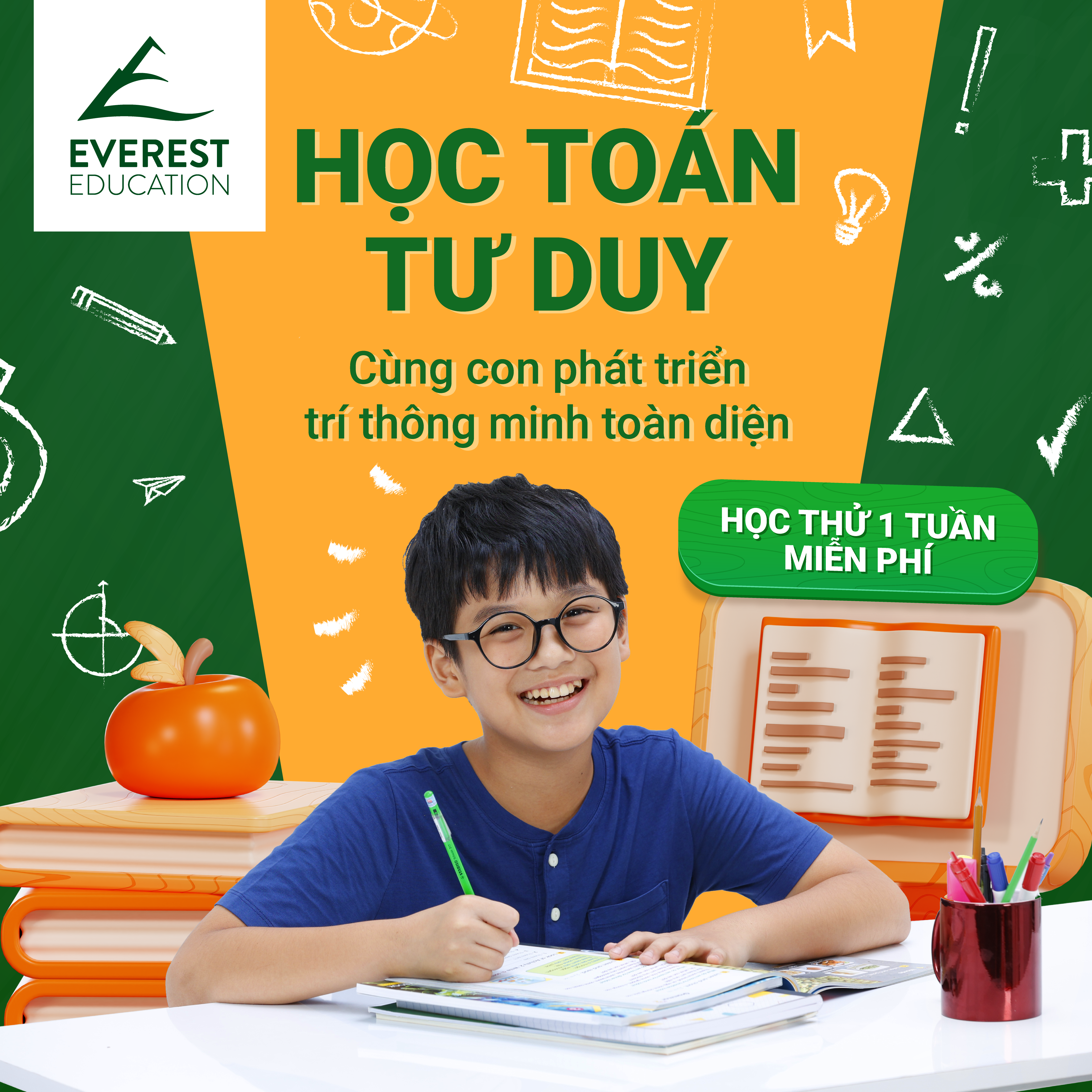Here’s a new way of modern education: purchase an educational app, stick the tablet in your kid’s hands, and most importantly, sit down and be present to him or her.
On Apple’s store alone, there are more than 80,000 apps categorized as educational. As great as they are in encouraging brain development, they are not babysitters. A study, published in Child Development, proved that human guide helps children learn better than ghost demonstration, or on-screen instruction.
The study compared how two groups of 2- and 3-year-olds learned to build a three-piece puzzle. One group watch the ghost demonstration — meaning that, the puzzle pieces moved on themselves on a touchscreen to show how it works. The other group had a person directly show them how to move the pieces. After the instruction, both groups were asked to complete the same task on either a touchscreen or a real puzzle. The group who saw the ghost demonstration found it hard to replicate the task but improved after seeing the human hand.
Laura Zimmermann, the study’s lead authors at the University of Delaware talk about the takeaways for parents, teachers and app developers in the interview, saying that human interactions are significant in helping children connect what they learn on the apps into the real world.
“The ease with which we use technology makes us forget that this is really a fairly complex tool,” Zimmermann said. “If we think about how many hours each of us as adults spend with technology each day, and if you just add that up over at least 10 years, this is thousands of hours that we spent learning how to use this technology. These babies are only 2 years old, so their amount of experience using the tools is relatively limited.”
As an important note, educational apps are on the way to transform our learning experience, but the presence of human interactions is needed to ensure all knowledge and skills will be applicable in the real world. For apps developers, it is essential to ask themselves, “What do we know about learning and early childhood?”, as they design a learning tools. For parents and educators, we need to make sure there is no gap between the touchscreen and the real world in the learning process.











